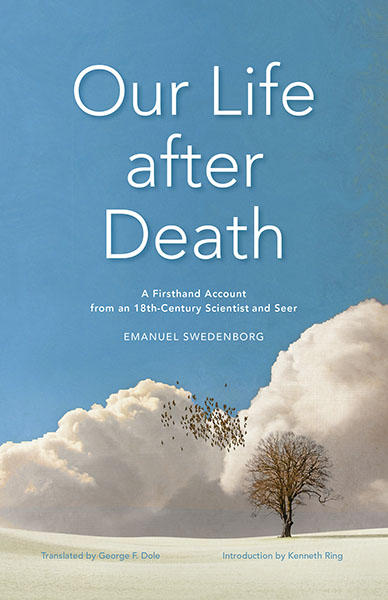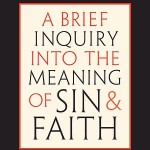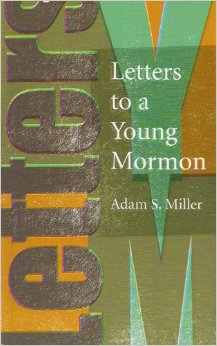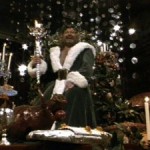Emanuel Swedenborg is an 18th century scientist, thinker, and theologian. His name is one that I have heard of, but I have only recently read from his works.
In Our Life After Death: A Firsthand Account from an 18th-Century and Seer, we find Swedenborg’s story and argument about the afterlife. Swedenborg grounds his case in both his own near-death experiences and those of others.
Swedenborg (1688-1772) takes very seriously the dichotomy of the body and the spirit. It is our spiritual element which gives us life, rationality, and reason.
In this book, compiled by the Swedenborg Foundation, Swedenborg gives a detailed account of where our spirit journeys after we die.
Much of his story will sound familiar to Mormons. Swedenborg speaks of a place where spirits all gather after death (our first state) and await assignment to either heaven or hell (our second state). Swedonborg believes that heaven is place where people with continue to grow and progress. Those who die as children will grow to adulthood as spirit-beings and those who die old or sick will again be youthful.
In the afterlife, according to Swedenborg, we will maintain the human form we have now, but without bodies. While Swedenborg took scripture seriously, his argument…and the authority of his argument…is rooted not in a divine call or the visitation of heavenly messengers. Instead, it is rooted in his own experience. He claims to have had glimpses into the afterlife over a period of decades. From these experiences he gained insights into our spiritual being both in the life and the next one.
This following video from the Swedenborg Foundation highlights both Swedenborg’s life and his major works. Our Life After Death is adapted from the major work Heaven and Hell. Take a look:
To be honest, near-death experiences are not my thing. However, I think that Swedonborg provides a very thoughtful interpretation of the afterlife. In many ways, it is an element of religious thought that is both strange and appealing all at the same time.
The writings of Swedenborg in Our Life after Death (translated by George F. Dole) where refreshing to me in a number of ways. In particular, I appreciated the 18th century writing styling. This is likely because I am a fan of not only the philosophies of Rousseau and Kant, but also their writing styles.
Swedenborg is straight forward and clear about the story and message that he is outlining. I did find myself at times wanting further theological explanation for certain points. However, those arguments appear to have been addressed elsewhere. I am now intrigued to find out more about how he came to some of his points and how he explains them in his other writings.
The philosopher Immanuel Kant (1724-1804) appears to have been skeptical of Swedenborg’s mystical claims, while also having respect for Swedonborg’s intellect and writings. I find myself falling along the same lines. However, if you are looking for accounts and arguments about life after death which are free from evangelical apologetics, over the top mystical claims, and sectarian bias, Our Life After Death should be on your reading list.












